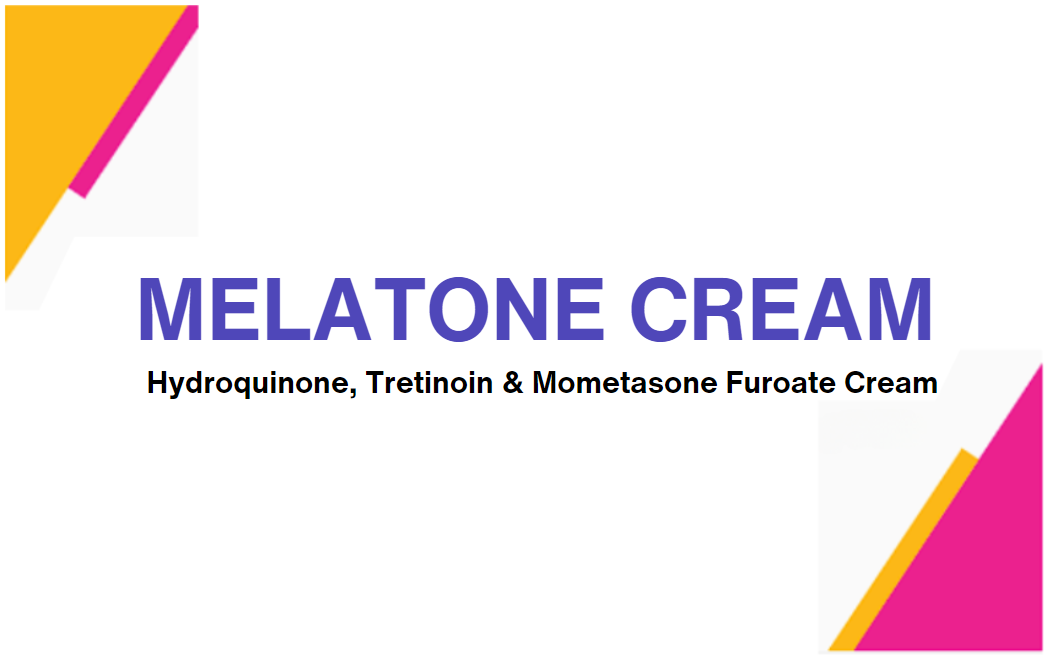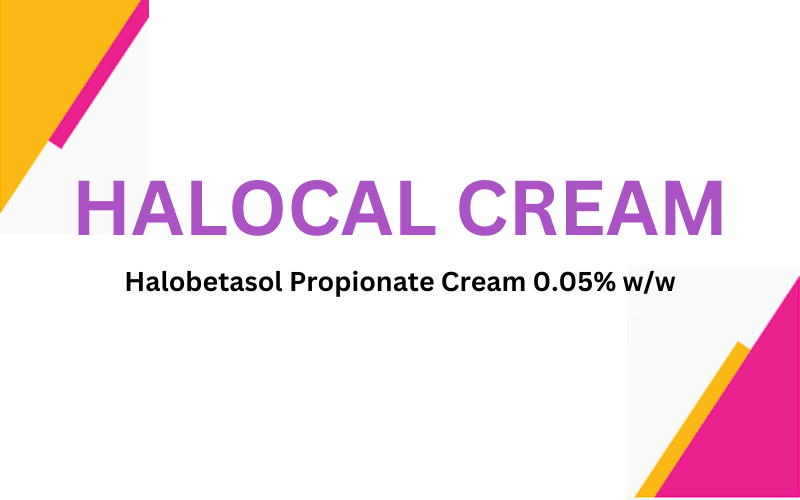Recent Search Keywords
- info@magnuspharma.com.np
- marketing@magnuspharma.com.np
- (+977) 01-5366878 / 4249929
LULICAL CREAM

LULICAL CREAM
Luliconazole is indicated for the topical treatment of cutaneous mycosis, i.e tinea ped- is, tinea cruris, and tinea corporis in patients 18 years of age and older.
Luliconazole is an antifungal that belongs to the azole class. Although the exact mechanism of action against dermatophytes is unknown, luliconazole appears to inhibit ergosterol synthesis by inhibiting the enzyme lanosterol demethylase. Inhibition of this enzyme’s activity by azoles results in decreased amounts of ergosterol, a constituent of fungal cell membranes, and a corresponding accumulation of lanosterol.
After administered topically systemic absorption, the drug is more than 99% bound to plasma proteins. Distribution, metabolism, and excretion are not known. It may affect cytochrome P450 isoenzymes CYP2C19, CYP3A4, CYP2C8, and CYP2B6.
For topical use only. Luliconazole is not for ophthalmic, oral, or intravaginal use. When treating tinea pedis, a thin layer of Luliconazole should be applied to the affected area and approximately 1 inch of the immediate surrounding area(s) once daily for 2 weeks. When treating tinea cruris or tinea corporis, Luliconazole should be applied to the affected area and approximately 1 inch of the immediate surrounding area(s) once daily for 1 week. Luliconazole is for external use only, avoid contact with eyes. Do not apply to the cornea and conjunctiva as ophthalmic use. Do not apply to the areas with marked erosion/fissures
LULICAL Cream is available in 30 g of pack filled in laminated tube & packed in Carton

















